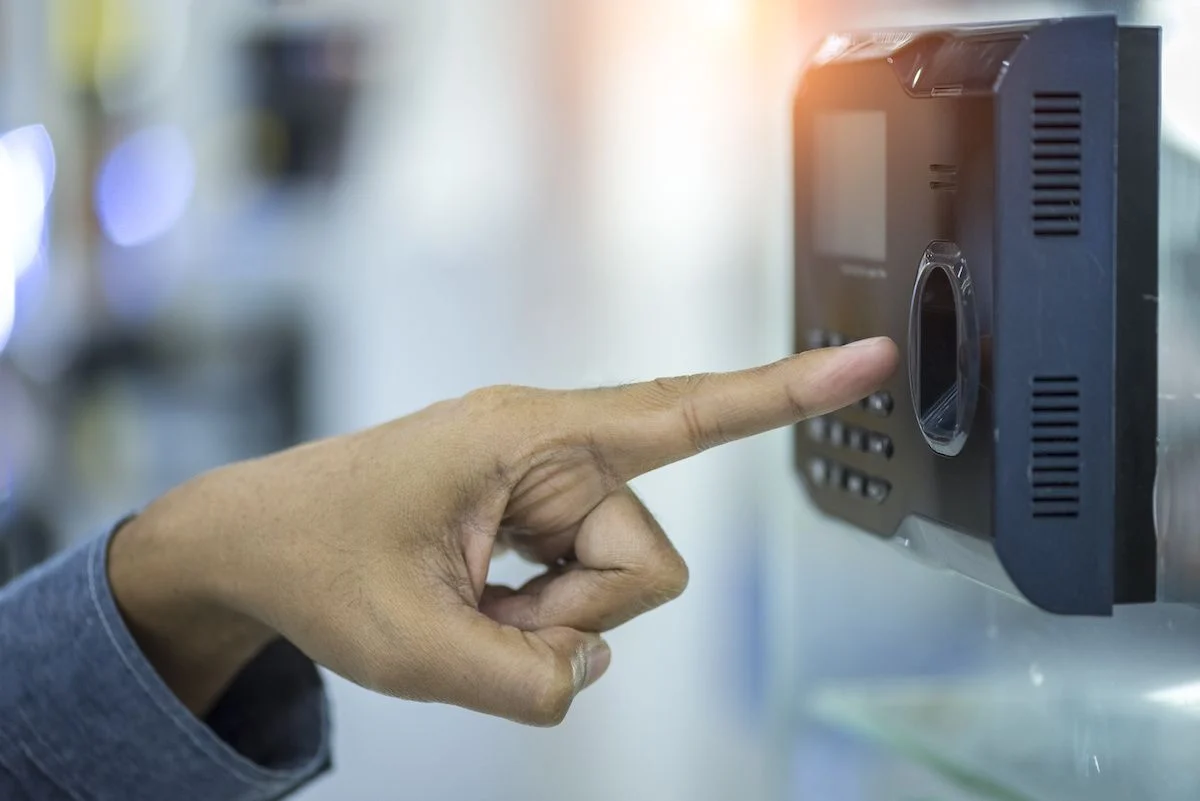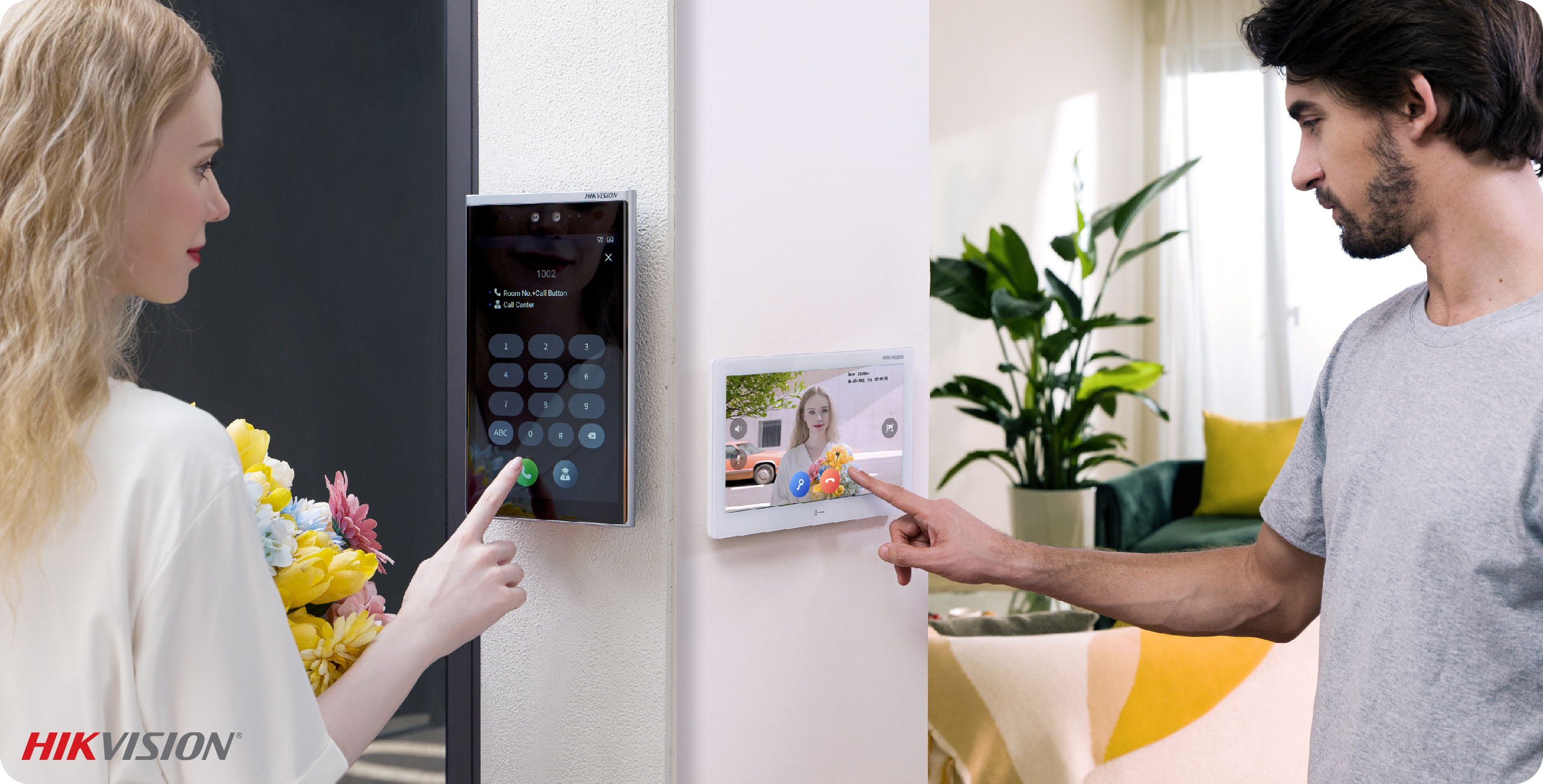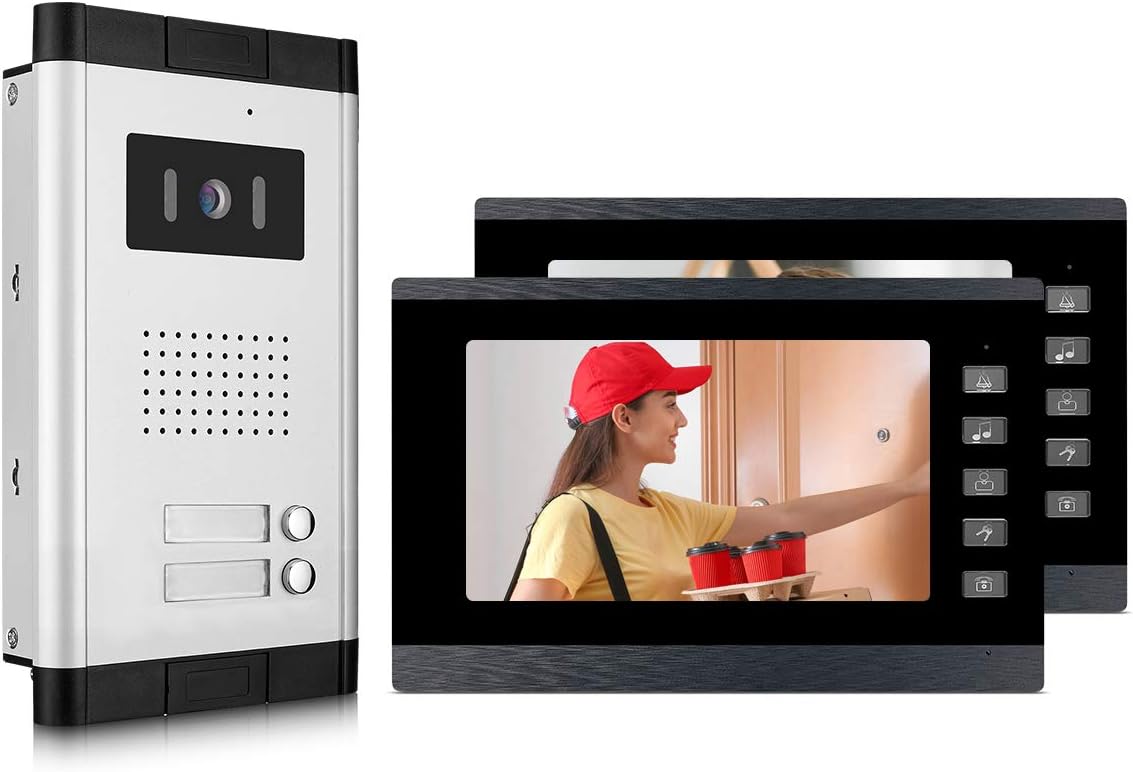Time and attendance systems are tools used by organizations to track and manage employees’ work hours, attendance, and related data. These systems help ensure accurate record-keeping of work hours, which is crucial for various purposes, including payroll, compliance with labor regulations, and workforce management. Here are the key components and features of time and attendance systems:
Components of Time and Attendance Systems:
- Time Clocks or Time Recording Devices:
- Time clocks are the physical devices used for employees to clock in and out. These can be traditional punch clocks or modern biometric systems (e.g., fingerprint or facial recognition) or digital time clock apps.
- Software Platform:
- The central software platform manages and stores employee time and attendance data.
- It may be installed locally or accessed via the cloud, depending on the system’s design.
- Employee Database:
- The system maintains a database of employee information, including names, employee IDs, and other relevant data.
- Attendance Policies and Rules:
- Organizations can define and configure specific attendance policies, such as work schedules, overtime rules, and leave policies, within the software.
- Data Input and Collection:
- Employees input their work hours through time clocks or digital interfaces.
- Data collection can include clocking in and out, breaks, leaves, and overtime hours.
- Reporting and Analytics:
- Time and attendance systems generate various reports and analytics, including time sheets, attendance summaries, and overtime calculations.
- These reports help with payroll processing, workforce management, and compliance monitoring.
- Access Control Integration:
- Some systems can be integrated with access control systems, allowing employees to use their time cards or biometrics for both attendance tracking and access to secure areas.
- Mobile Access:
- Many modern systems offer mobile apps that allow employees to clock in and out remotely, making it convenient for those who work off-site or in the field.
- Compliance Features:
- Time and attendance systems often include features to monitor and ensure compliance with labor laws and regulations, such as break time rules and maximum working hours.
Features of Time and Attendance Systems:
- Automation: The system automates the process of tracking and calculating employee work hours, reducing errors and manual data entry.
- Accuracy: These systems are designed to provide accurate records of employee work hours, which is essential for payroll processing and compliance.
- Reporting: Comprehensive reporting capabilities allow for easy analysis of attendance data, helping organizations make informed decisions.
- Cost Control: By tracking employee hours and overtime, organizations can better manage labor costs.
- Security: Biometric authentication and access control integration enhance security and prevent buddy punching (one employee clocking in for another).
- Flexibility: Time and attendance systems can be customized to meet the unique needs of an organization, including accommodating different work schedules and pay rates.
- Integration: These systems can often be integrated with other HR and payroll software to streamline workforce management.
Time and attendance systems play a critical role in maintaining accurate records of employee work hours, streamlining payroll processes, and ensuring compliance with labor regulations. They are widely used across various industries, from small businesses to large enterprises, as a means of improving efficiency and reducing administrative overhead in workforce management.








